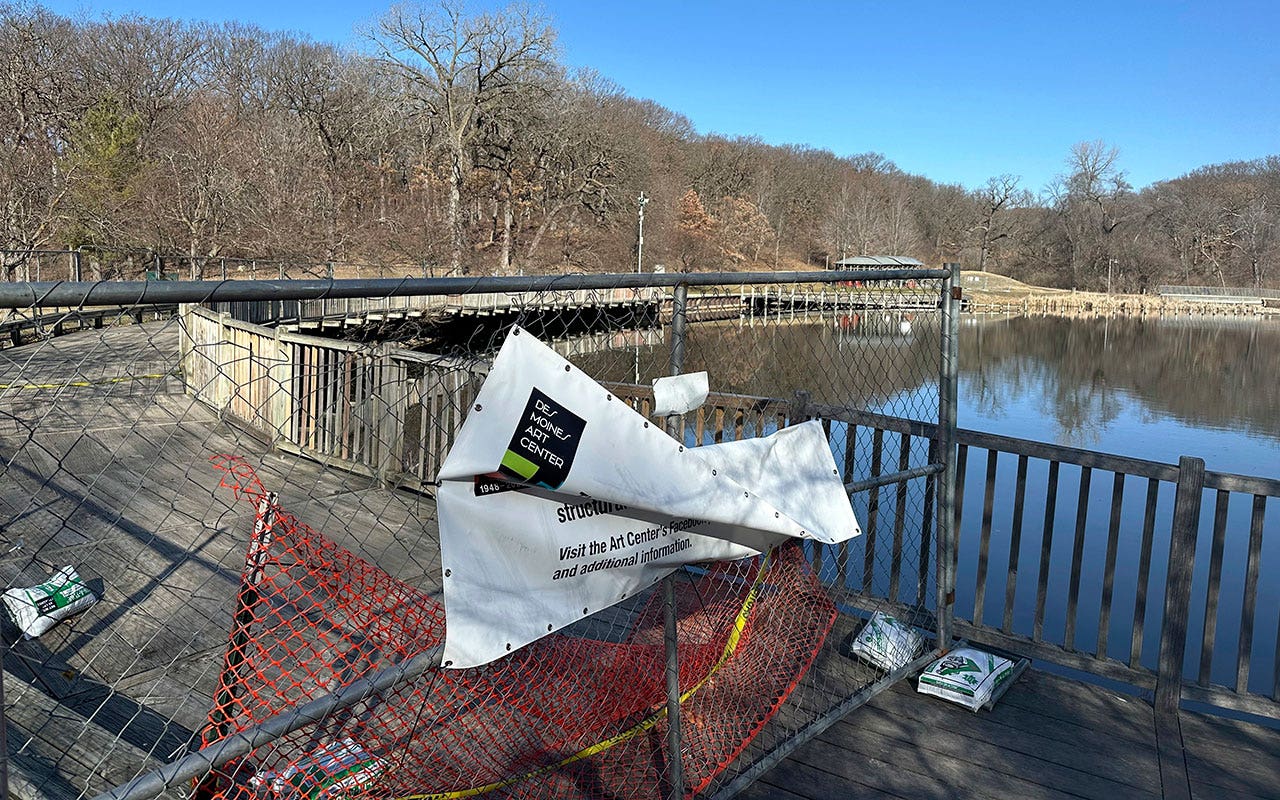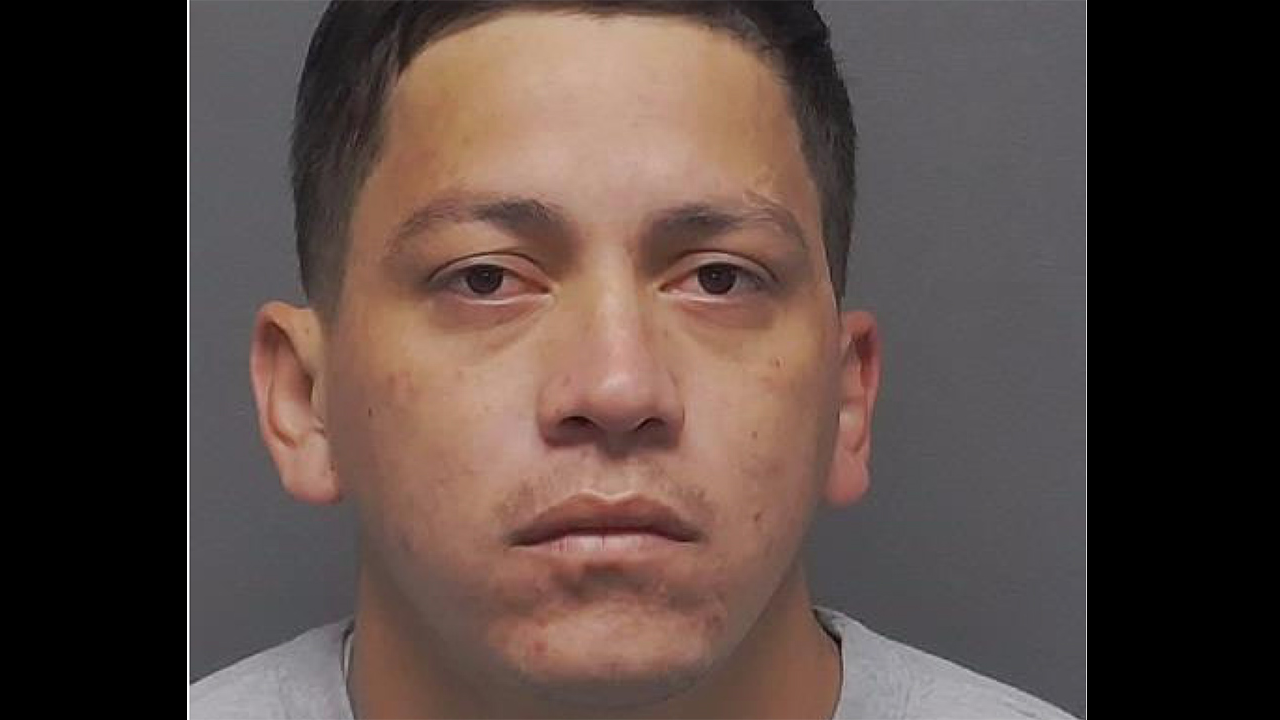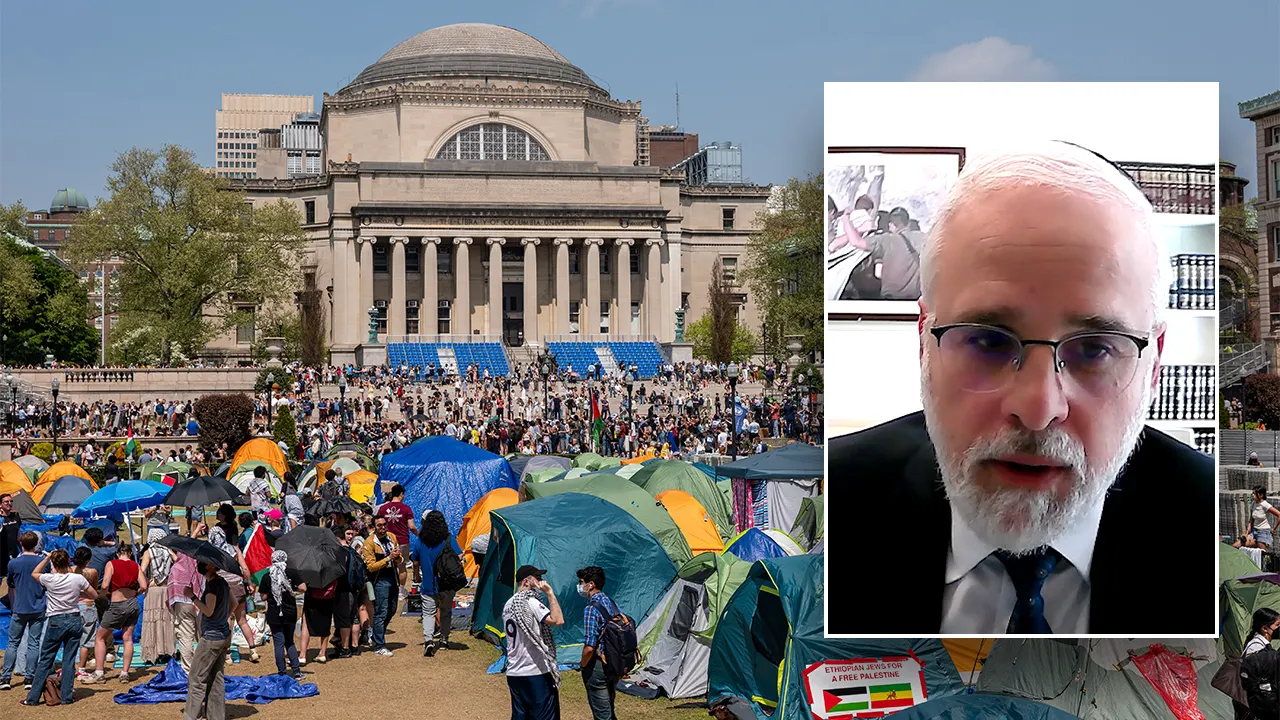Former President Donald J. Trump is accustomed to crisscrossing the country on his private jet, headlining rallies at big venues where he is met by roaring masses chanting his name. But often over the last month, his presidential campaign has ventured into politically hostile territory: New York City.
He stopped in to chat with the owner of a tiny Harlem bodega. He made an early-morning visit to a construction site in Midtown Manhattan, shaking hands with union members wearing hard hats and safety goggles. He delivered pizzas to and posed for snapshots with emergency workers at a firehouse just minutes away from Trump Tower.
You might be forgiven for wondering if Mr. Trump were actually running for mayor.
Since the start of his criminal trial in Manhattan on April 15, which requires he be in court for much of the week, Mr. Trump has held just three campaign rallies, only two of which took place in battleground states expected to determine the outcome of the election. He has made just as many modest stops in New York in front of smaller crowds.
The small-scale politicking, which New Yorkers are more accustomed to seeing from local politicians trying to gin up support, has been a study in contrasts to the raucous rallies that have defined his political brand since his 2016 campaign. And they have offered a markedly different atmosphere still from court, where Mr. Trump is bound by rules of conduct that keep him largely still and silent even as prosecutors accuse him of wrongdoing.
“It does feel like a local race,” said George Arzt, a longtime political consultant in New York City who once served as press secretary to Mayor Edward I. Koch. “It does feel like he’s almost going out there door to door.”
Mr. Trump, a born-and-bred New Yorker who moved to Florida in 2019, has repeatedly suggested these stops are part of a push to win his home state, which has overwhelmingly rejected him twice. But New York has not voted for a Republican president since 1984, and Democratic candidates defeated him by more than 20 percentage points in the last two elections. New York City itself is deeply Democratic.
Political observers and Trump aides have said that Mr. Trump’s campaign stops in New York City are as much about the message they are sending to a national audience as they are to New Yorkers. On Thursday, Mr. Trump is expected to return more to form, with a planned speech at a park in the Bronx that his campaign said it expected thousands to attend.
Brian Hughes, a campaign spokesman, suggested that the event, in Crotona Park, in a borough with large Black and Hispanic populations, would allow Mr. Trump to highlight to a national audience his strength among “voting blocs that you might argue are not traditional Republican voting blocs.”
Mr. Trump last month vowed that he would hold a rally at Madison Square Garden, the city’s marquee venue in Manhattan, meant for “honoring the police and honoring the firemen and everybody, honoring a lot of people.” Mr. Trump, who has been indicted in four cases, has repeatedly tried to showcase his support among emergency responders this year, including with his visit this month to a Manhattan firehouse.
Still, so far, Mr. Trump’s campaign visits in New York have largely been limited to small stops, ones that his advisers have said are borne somewhat out of necessity given the court schedule, which has generally allowed Wednesdays and weekends off.
On one Wednesday, Mr. Trump held rallies in Michigan and Wisconsin, two important swing states. He spent a Saturday at a rally at the Jersey Shore that attracted visitors from neighboring Pennsylvania, another key battleground. Yet even as Mr. Trump has lamented that the trial limits his ability to campaign, he has attended fund-raisers on some days when court was not in session, while on others, he has had no scheduled events.
Working within the trial schedule, Mr. Trump’s aides have also looked to use its constraints to their advantage. Advisers have argued that New York City, a diverse metropolis of more than eight million, offers an ideal backdrop for Mr. Trump to highlight issues he has made central to his platform, such as immigration, the economy and public safety.
“These same issues that are plaguing New York City are also plaguing all of the battleground states,” Jason Miller, a senior Trump adviser, said in an interview.
The Biden campaign has sought to capitalize on and draw attention to Mr. Trump’s scheduling limits. President Biden has been campaigning more often on Wednesdays, and he made light of the trial calendar in a video challenging Mr. Trump to debate. The campaign also began selling shirts with the slogan “Free on Wednesdays.”
Mr. Trump’s first campaign stop during the trial, just two days into the proceedings, was to a bodega in a heavily Hispanic area of Harlem that had been the site of a stabbing years earlier. The former president used the visit to highlight a set of overlapping issues and to build on his efforts to win over Latino voters.
After chatting with the store’s owner, Mr. Trump stood in front of cameras outside and criticized Mr. Biden’s economic policies as detrimental to small businesses. And fresh from appearing as a criminal defendant, Mr. Trump railed against the district attorney prosecuting him and Democrats in general for being overly lax on crime.
The visit drew more significant crowds than Mr. Trump’s other stops in the city. The blocks surrounding the bodega were lined with people standing behind police barricades hoping to catch a glimpse, some of them supporters and others merely curious.
That level of attention distinguishes the former president’s stops in the city from those made by most other politicians in and around New York.
Mr. Trump and his campaign have cited the onlookers as proof that he is politically popular in the city, particularly among Hispanics. Mr. Miller noted that the bodega’s neighborhood was an example of “communities that don’t normally have national political figures come and visit them.”
Other political observers have argued that the crowds in Harlem were more reflective of Mr. Trump’s celebrity status rather than agreement with his views.
“He is a celebrity first, and people are interested in him, even if they don’t agree with him,” said Bill de Blasio, a Democratic former mayor who ran a short-lived presidential bid for the 2020 nomination.
Still, Mr. de Blasio, a frequent Trump critic, acknowledged that the former president’s New York stops would help him broadcast his political message. And he noted that such retail politicking would energize any candidate — particularly one spending the day facing austere court proceedings.
Last month, Mr. Trump preceded his day in court with a visit to a construction site, where he shook hands with dozens of invited guests. Many were union workers. As he worked the line, people inside the construction site clambered on top of scaffolding and equipment to take photos and videos.
Hank Sheinkopf, a longtime New York political strategist who watched Mr. Trump evolve from tabloid fixture to celebrity to politician, said that such a stop was consistent with Mr. Trump’s decades-long effort to represent himself as the champion of working-class people.
“He is a guy who took tremendous pride in being able to be accepted by average working people,” Mr. Sheinkopf said. “He wants to make sure he doesn’t lose that touch. His appeal comes from being an elite who is not an elite.”
Nicholas Nehamas contributed reporting.






